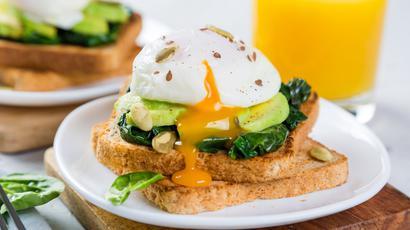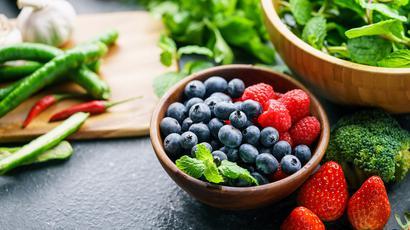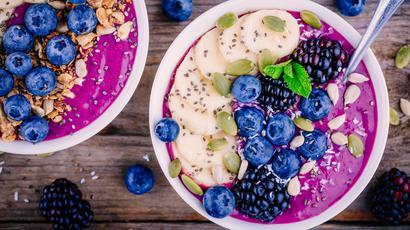More than 100 million Americans — or nearly half of all adults — suffer from high blood pressure or hypertension. High blood pressure contributes to a number of health problems including stroke, heart attack and heart disease, and the risk of developing high blood pressure increases with age.
According to the National Institutes of Health, even people who do not have high blood pressure by 55 still face a 90% chance of developing it.
While there are prescription medications that can help manage hypertension, lifestyle choices also play a significant role. Exercising regularly, not smoking, limiting sodium intake and managing how stress affects your body are all essential.
Eating a healthy diet of fruits, vegetables and whole grains can also make a big difference, especially when you choose foods and drinks that are not only good for you, but that can also help lower your blood pressure.
Hibiscus tea
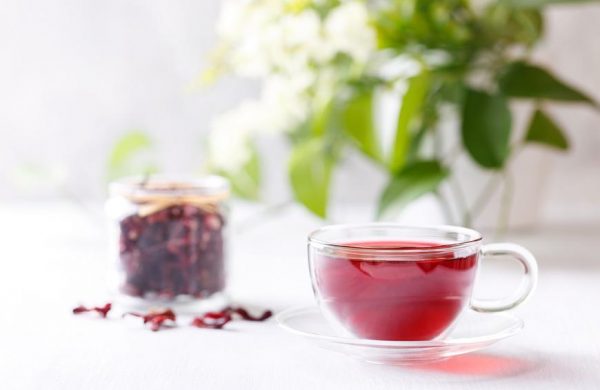
© Svitlana Malamatidi | Dreamstime.com
People have been drinking tea for centuries due to its purported health benefits. From helping soothe upset stomachs to boosting the immune system, drinking tea can help promote wellness. Some studies indicate that certain teas can also help lower blood pressure, including hibiscus tea, which not only can help with blood pressure, but also with liver and kidney health.
Apricots

© Dmitrii Ivanov | Dreamstime.com
According to the American Heart Association, eating foods high in potassium can help offset the effects of sodium, especially if you’re eating too much salt. Eaten fresh, apricots have 89 milligrams of potassium per serving. Even better, a half cup of dried apricots has 1,101 milligrams per serving, which is 23% of the daily recommended amount.
Pumpkin seeds

© Sjankauskas | Dreamstime.com
Though it’s hard to resist Halloween candy, take the healthy route and eat pumpkin seeds instead. These autumn-inspired favorites are delicious tossed on salads or good as a stand-alone snack. They’re also rich in magnesium, which benefits everything from bone health to migraines. And, according to the American Heart Association, studies indicate that they may also help reduce cholesterol and high blood pressure.
Beets
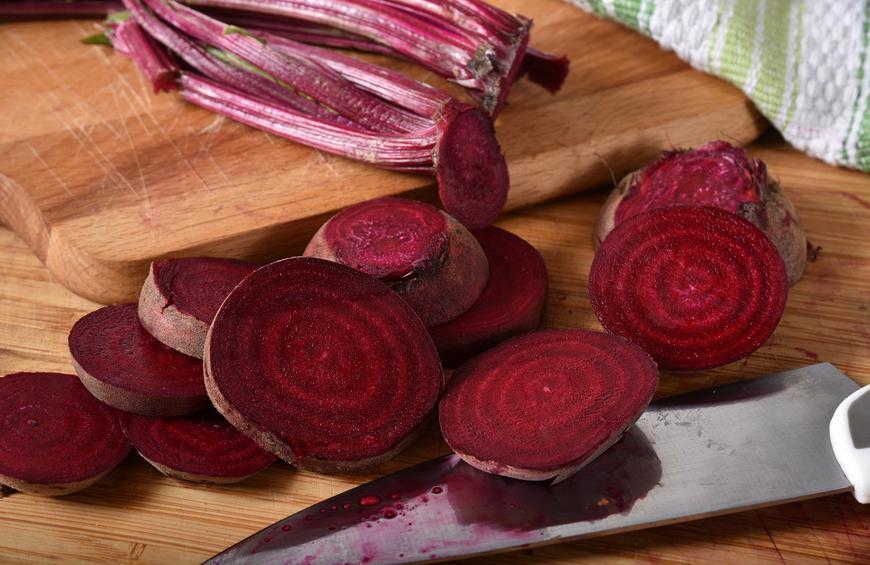
© Msphotographic | Dreamstime.com
Great in salads or as a stand-alone side, beets have all sorts of nutrients, including vitamins you might be missing like K, A and C. They also contain high levels of nitrates, which your body converts into a compound that widens blood vessels, helping to lower blood pressure.
Asparagus
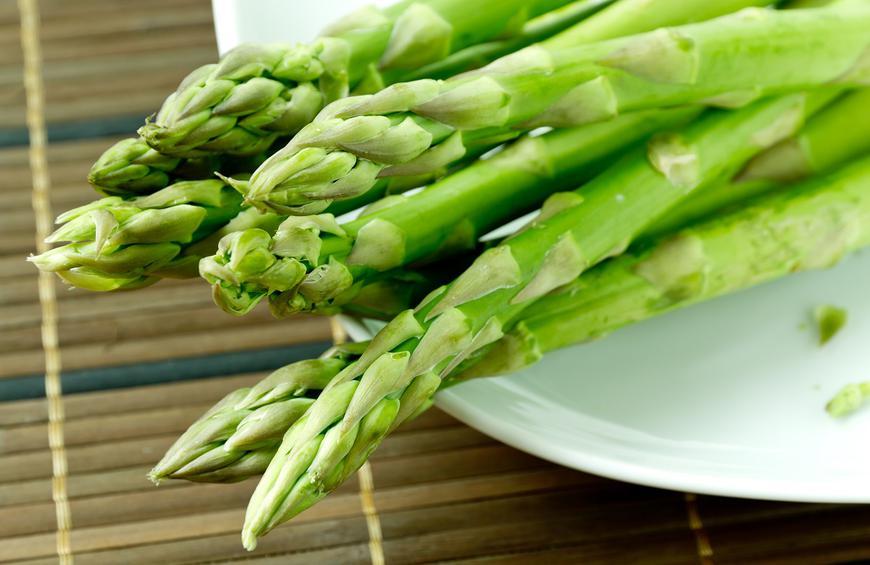
© Henrymm | Dreamstime.com
In season during the spring months, asparagus is rich in vitamins and minerals and is one of the vegetables recommended on the DASH diet (Dietary Approaches to Stop Hypertension). Delicious roasted in the oven or served up with your favorite grilled dish, asparagus may also help lower pressure, according to a study published in the Journal of Agricultural and Food Chemistry, which found that eating green asparagus prevented hypertension in rats.
Banana
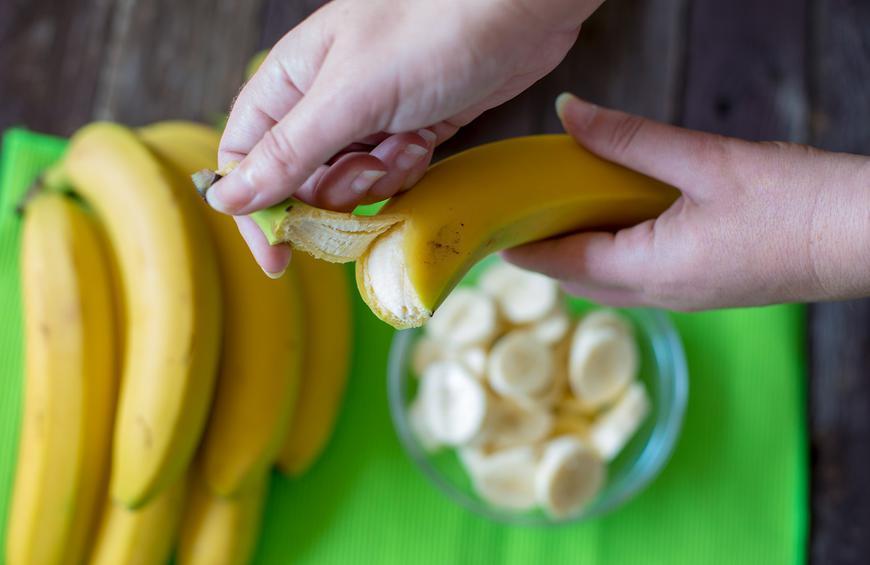
© Henrymm | Dreamstime.com
According to the American Heart Association, a medium banana has roughly 420 milligrams of potassium and it’s one of the easiest snacks to grab and go. An excellent source of energy, a medium banana has only 105 calories. In addition to being great for your blood pressure, bananas are also a good source of vitamin C and magnesium.
Dark chocolate
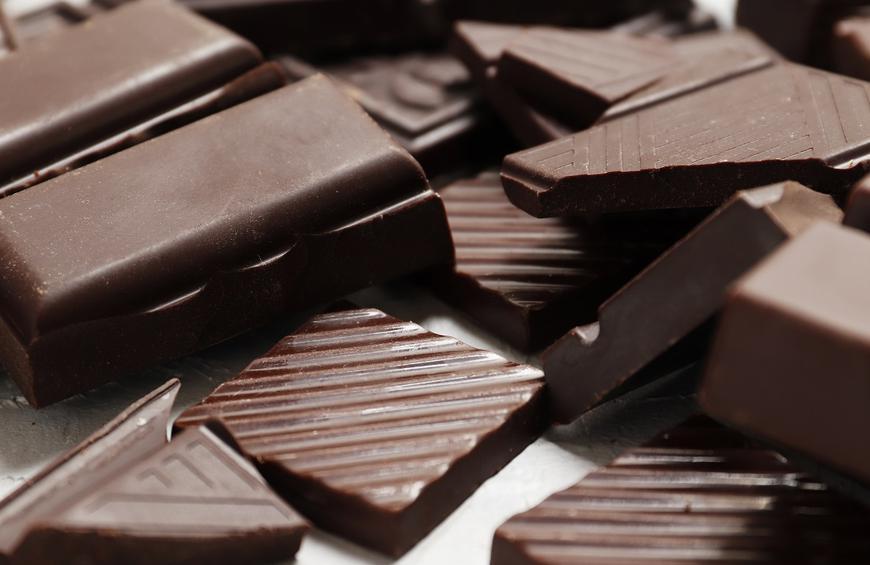
© Pandaphotostudio290718 | Dreamstime.com
Chocolate from the best shops in America is one of the most irresistible treats. Better yet? It may be good for your blood pressure too. Dark chocolate, in particular, is high in flavonoids, which have been found to have antioxidant benefits. Those benefits, according to some research, include improving blood flow to the brain and helping to reduce blood pressure.
Fatty fish
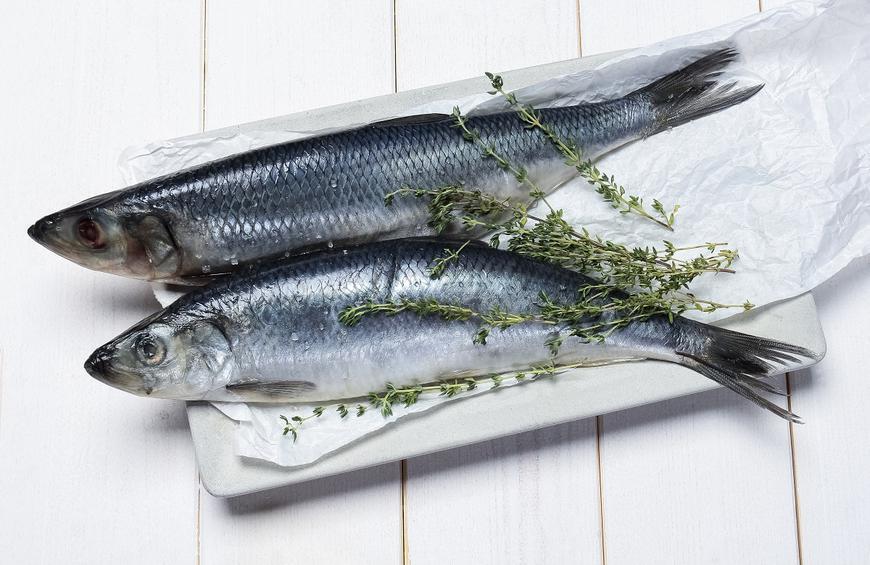
© Inginsh | Dreamstime.com
As part of a healthy diet, the American Heart Association recommends eating two servings of fish each week. High in omega-3 fatty acids, fatty fish are among the best choices to help reduce blood pressure. Those include mackerel, herring and sardines. Try to avoid fishes (swordfish, king mackerel) known to be high in mercury, an environmental factor that can impact your health.
Leafy greens
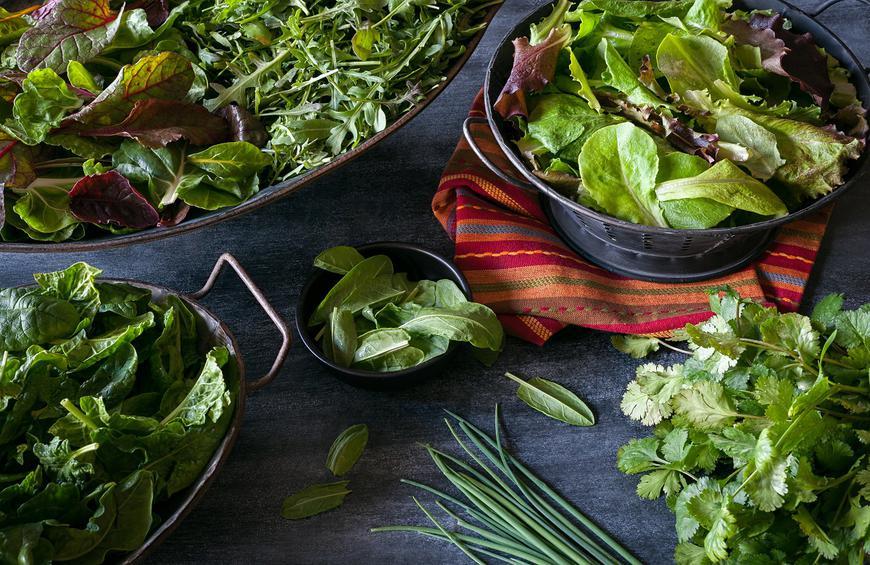
© Anne Stephenson | Dreamstime.com
Whether you toss them in a salad or eat them with a perfectly grilled steak, leafy greens have abundant nutritional benefits. Listed on the DASH diet, they are full of nutrients like magnesium and potassium. And according to the Mayo Clinic website, they are good if you’re eating your way to lower blood pressure.
Coconut water
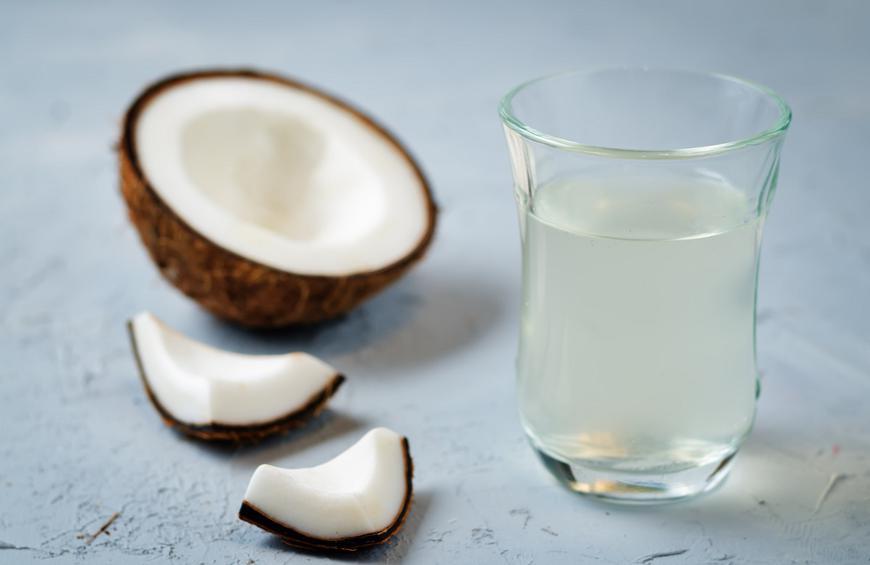
© Nataliya Arzamasova | Dreamstime.com
While drinking enough water remains the gold standard for wellness and hydration, some research suggests that coconut water may positively impact hypertension. A study published on the National Institutes of Health website found that in a small group of hypertensive subjects, coconut water, which is high in potassium, helped decrease systolic blood pressure.
Olive oil
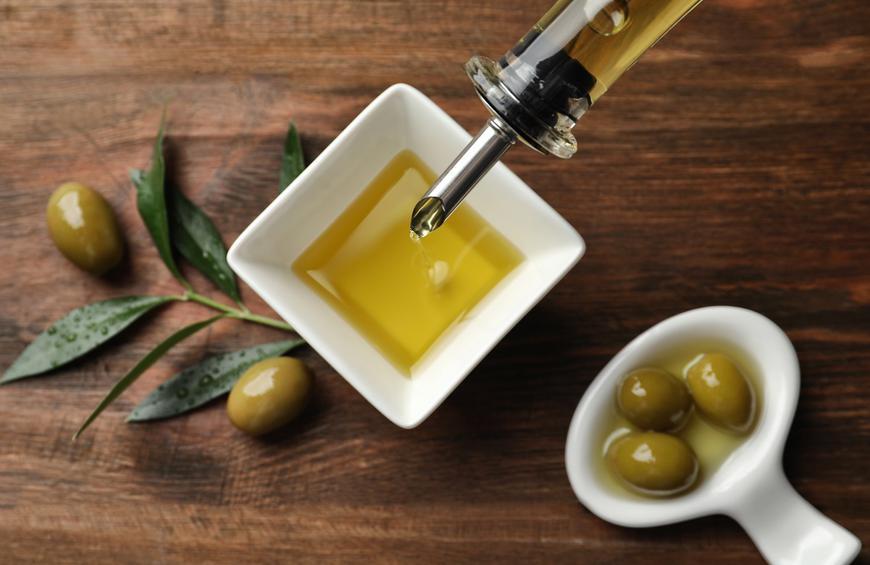
© Chernetskaya | Dreamstime.com
Good for everything from your skin to the best pasta dishes, olive oil is a monounsaturated fat, which is one of the healthiest fats to include in your diet. Unsaturated fats can help improve cholesterol and reduce inflammation.
Berries
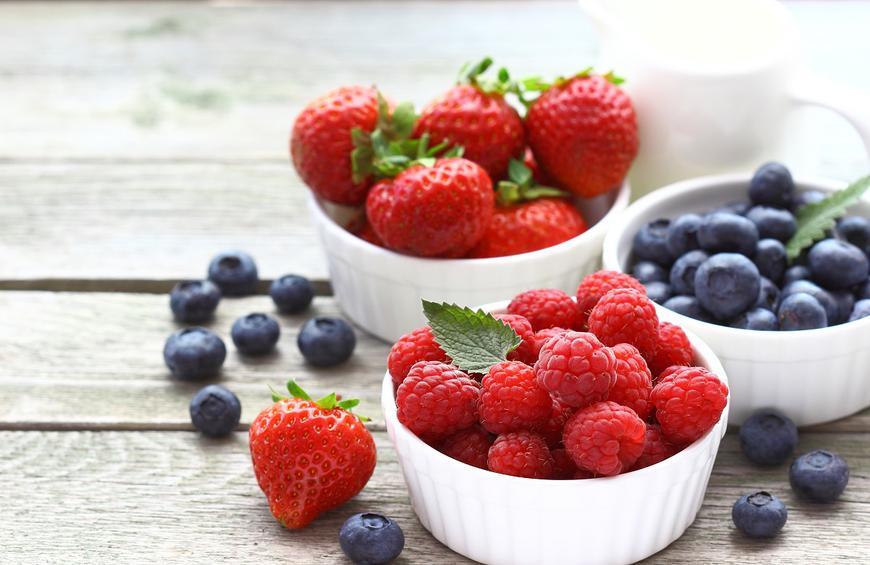
Svetlana Verbitckaia/Shutterstock
Found in many iconic pies or eaten as a favorite snack, berries are nature’s colorful gift. And they’re good for you too. The perfect trio, strawberries, blueberries and blackberries, are full of antioxidants that can help fight cell damage. According to the Beaumont Health website, berries also improve blood pressure along with reducing other heart disease risks.
Low-fat milk
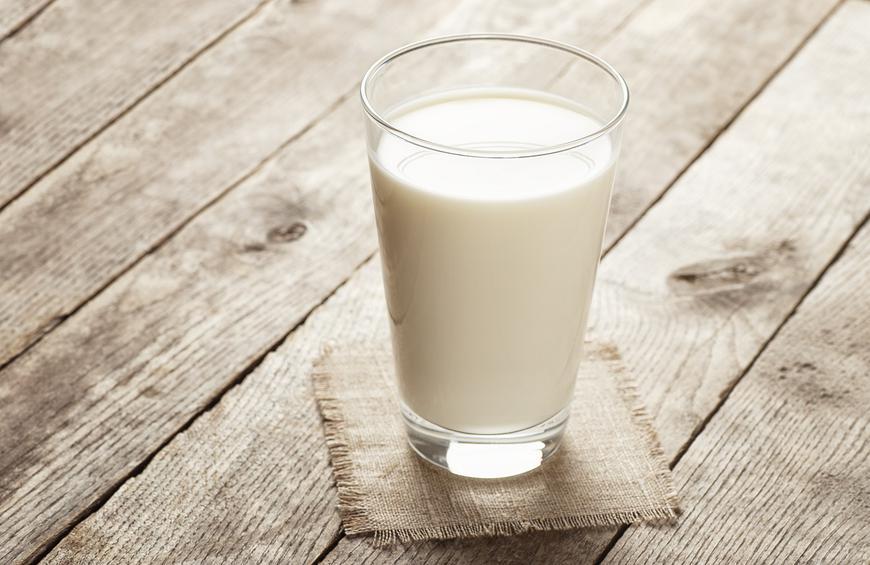
© Oleksii Terpugov | Dreamstime.com
There are plenty of foods and drinks that could be putting your blood pressure through the roof, but studies suggest that low-fat milk isn’t one of them. In fact, including it as part of a healthy diet can help improve hypertension. A major source of calcium, protein and vitamin D, low-fat milk is one of the foods on the DASH diet.
Oatmeal
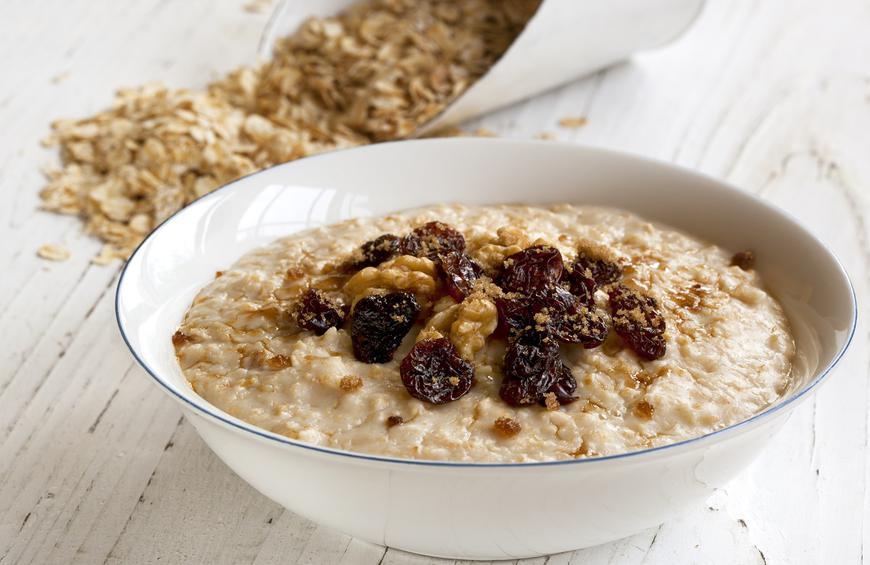
© Robyn Mackenzie | Dreamstime.com
Helping to reduce oxidation and inflammation, whole grains are good for you, especially oatmeal, which is one of the best foods for weight loss. Because of oatmeal’s many health benefits, eating oatmeal instead of other breakfast cereals can help you feel full longer, and it can also help lower cholesterol and blood pressure.
Garlic
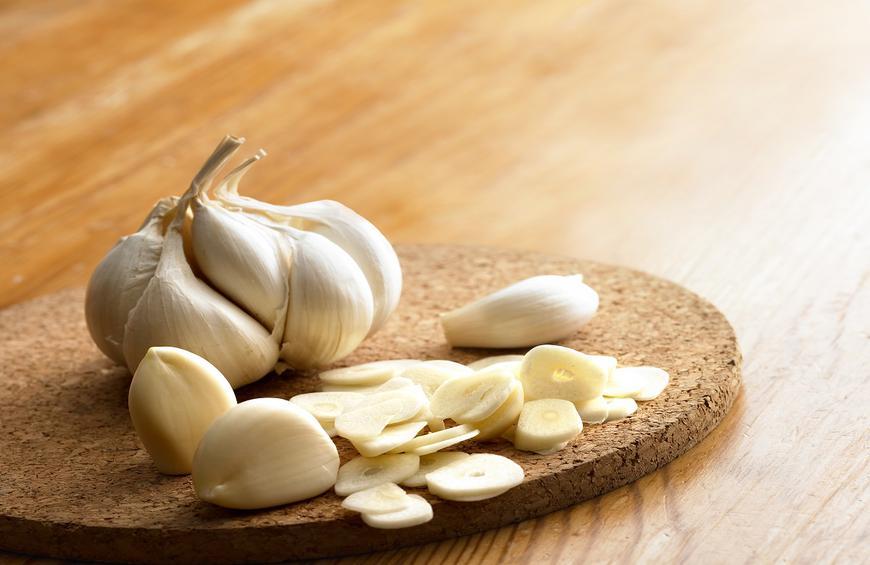
© Yap Kee Chan | Dreamstime.com
Garlic is a fan-favorite at many of the best Italian restaurants and your breath aside, it’s good for you. In addition to being a food that can help boost your immune system, it can also reduce inflammation, improve cardiovascular health and positively impact your arteries, which can benefit hypertension.
Pistachios
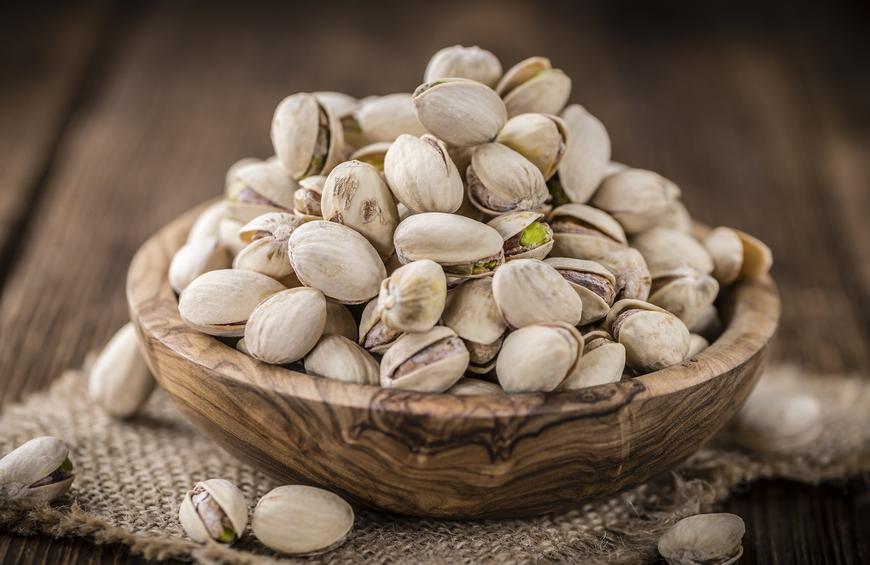
© HandmadePictures | Dreamstime.com
Though they are high in calories, pistachios, in limited portions, offer any number of health benefits and won’t sabotage your workout. Filled with protein, they’re a good source of unsaturated fats, omega-3 acids, fiber and vitamin E. A study published by the Hypertension journal suggests that in moderate, unsalted amounts, pistachios may help lower cardiovascular risks and reduce blood pressure.
Broccoli
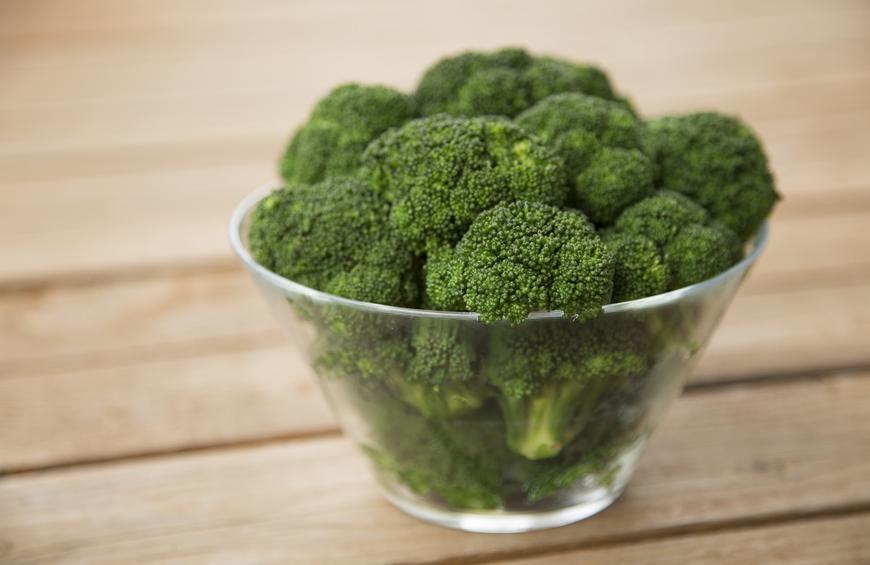
© Zutdesign | Dreamstime.com
Even though it’s not everyone’s favorite vegetable, broccoli is great in casserole recipes and packs a powerful punch in terms of nutrition and health benefits. A good source of vitamins C and K, broccoli is also high in protein. Listed on the DASH diet, broccoli is recommended as part of a healthy diet that can help lower blood pressure.
Raisins
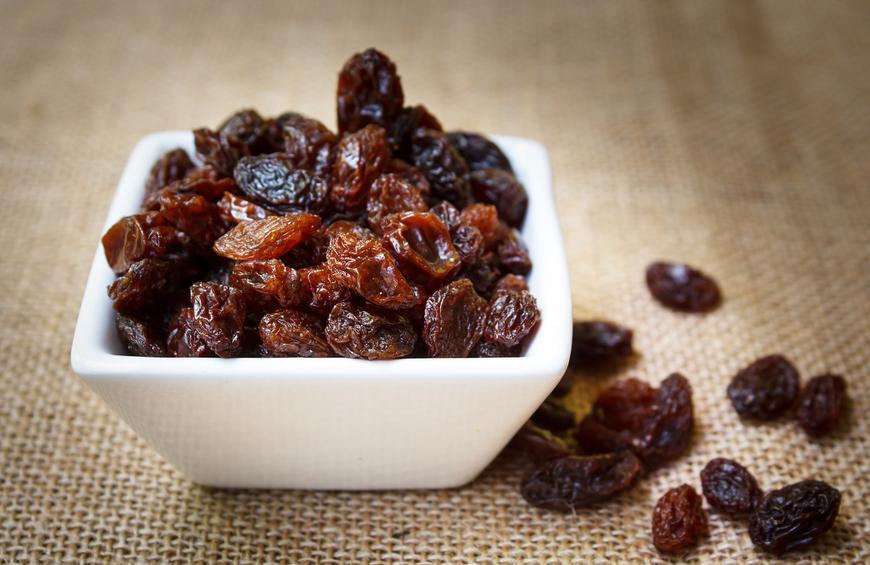
© Tachjang | Dreamstime.com
Likely a retro snack from your childhood, raisins are still as healthy as ever. They’re a good source of potassium and according to research published by the American College of Cardiology, regularly eating a handful of raisins can significantly reduce blood pressure compared to other snacks.
Salmon
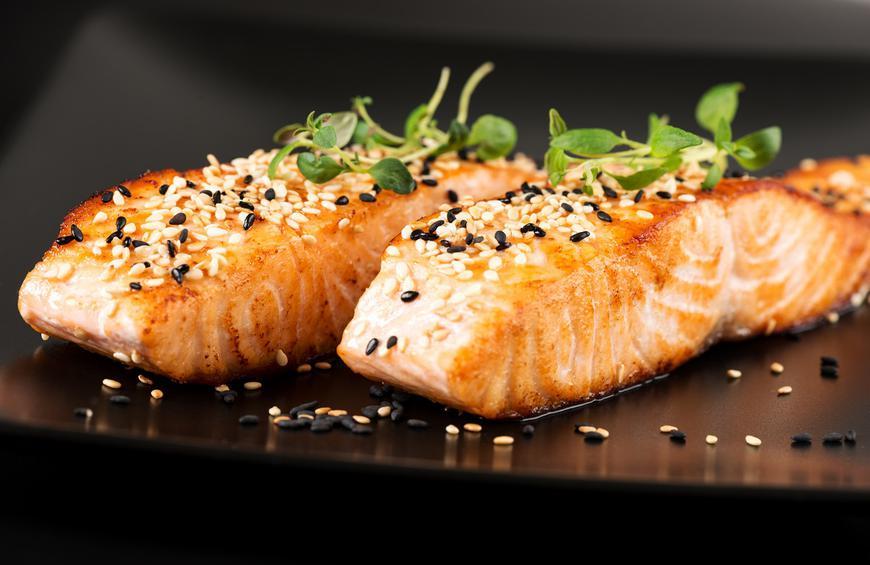
© Nanisimova | Dreamstime.com
Salmon can be delicious, especially when you know how to grill it perfectly every time you make it. Low in saturated fat, salmon is an excellent source of omega-3 fatty acids, which have been found to help protect against irregular heartbeats, decrease the build-up of artery plaque and reduce blood pressure.
Sesame oil

© Bhofack2 | Dreamstime.com
From foods to pharmaceuticals, sesame oil has a wide variety of uses and is one of the oldest oilseeds known to man. Sesame oil is known for its unsaturated fats and antioxidants, and a study published on the National Institutes of Health website suggests it can help reduce cholesterol and lower blood pressure in mildly hypertensive patients. It’s also been shown to help with inflammation and delay the onset of cardiovascular diseases.
Pomegranate juice
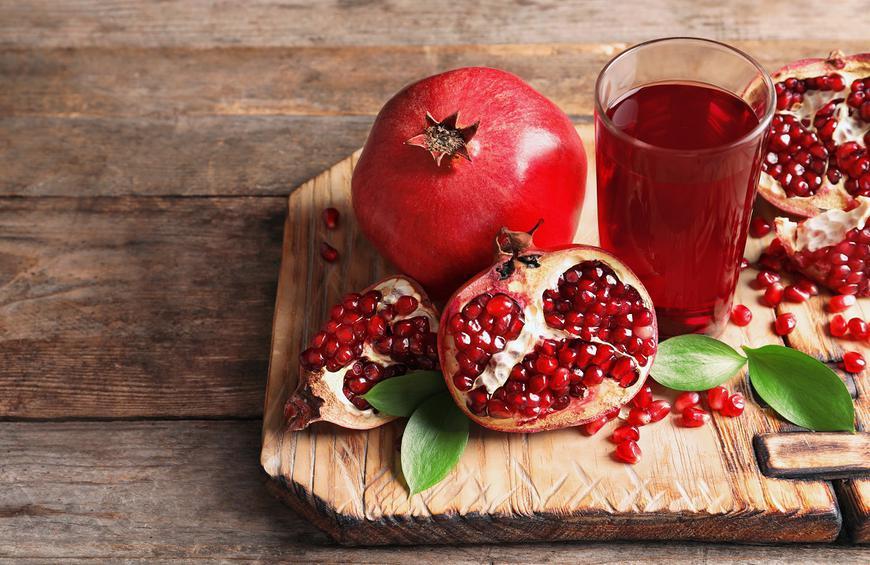
© Chernetskaya | Dreamstime.com
Containing higher levels of antioxidants than many other fruit juices and three times the antioxidants found in green tea or red wine, pomegranate juice can help lower blood pressure, according to studies. Due to possible side effects, people taking blood thinners and other prescription medications should talk to their doctor first.
Tomatoes

© Vladimir Fomin | Dreamstime.com
One of the best plants for rookie gardeners to grow, tomatoes have been found to benefit everything from heart and cell health to reducing levels of “bad” cholesterol and stroke risk. The potassium found in tomatoes can help relax blood vessel walls, helping to lower blood pressure.
Tuna
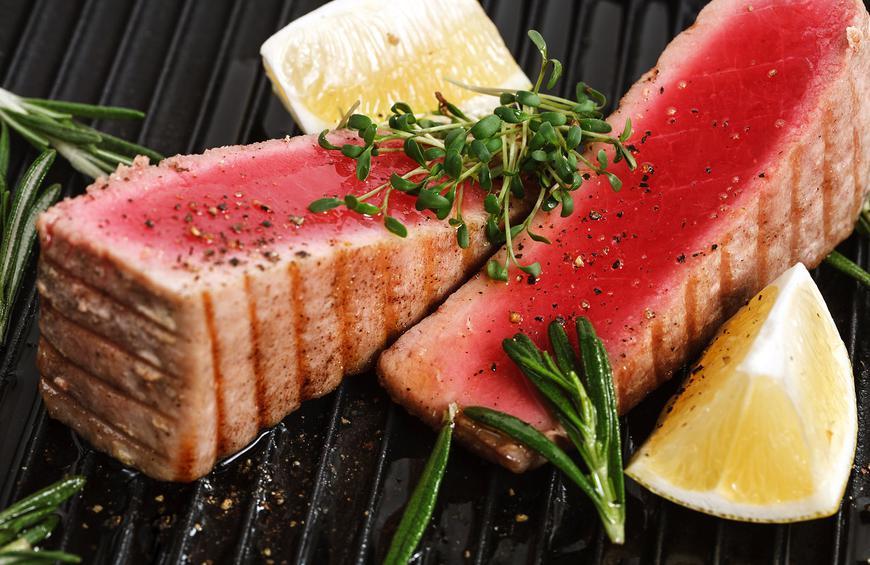
© Artem Kudryavtsev | Dreamstime.com
Tuna is such a popular fish that it’s celebrated annually on World Tuna Day (May 2). According to the Harvard Health Publishing website, eating fatty fishes, like tuna, at least once a week may help to prevent cardiovascular problems like heart attacks. A summer favorite on the grill, it can also prevent blood clots and help lower blood pressure.
Fat-free or Greek yogurt

© Mk Studio | Dreamstime.com
Loaded with calcium and vitamin D, yogurt has long been a staple of the Mediterranean Diet and is listed on the DASH diet as well. Eating yogurt has tons of health benefits like strengthening bones, building muscle (which is great for workouts), lowering weight gain and having healthy blood pressure.
Oranges and orange juice
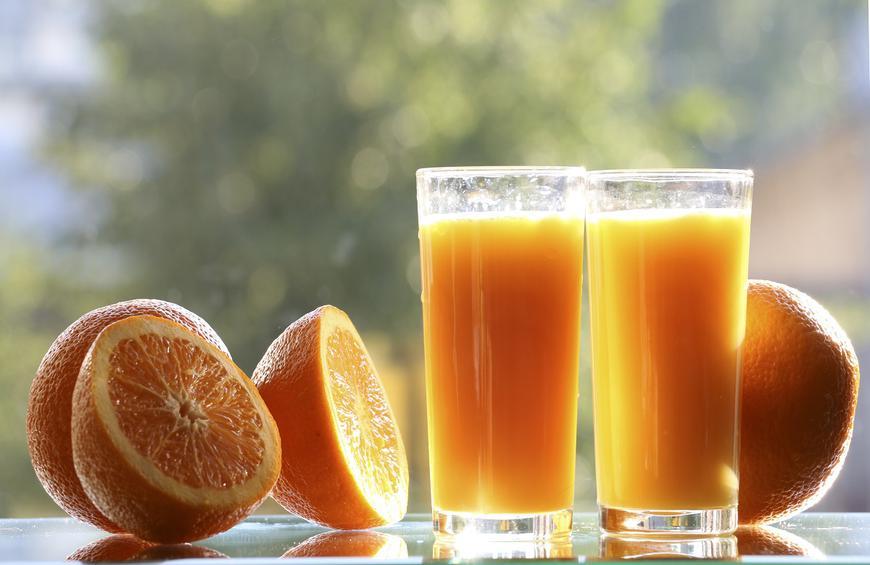
© Olga Spiridonova | Dreamstime.com
Eating an orange or drinking a glass of OJ is almost like getting a little dose of sunshine and a boost of happiness. Oranges contain flavonoids, which are good for the heart and are thought to have anti-cancer properties, among other benefits. Though both the juice and fruit are high in sugar, their nutritional value is undeniable. Oranges are rich in potassium, which can help lower blood pressure.
Spinach
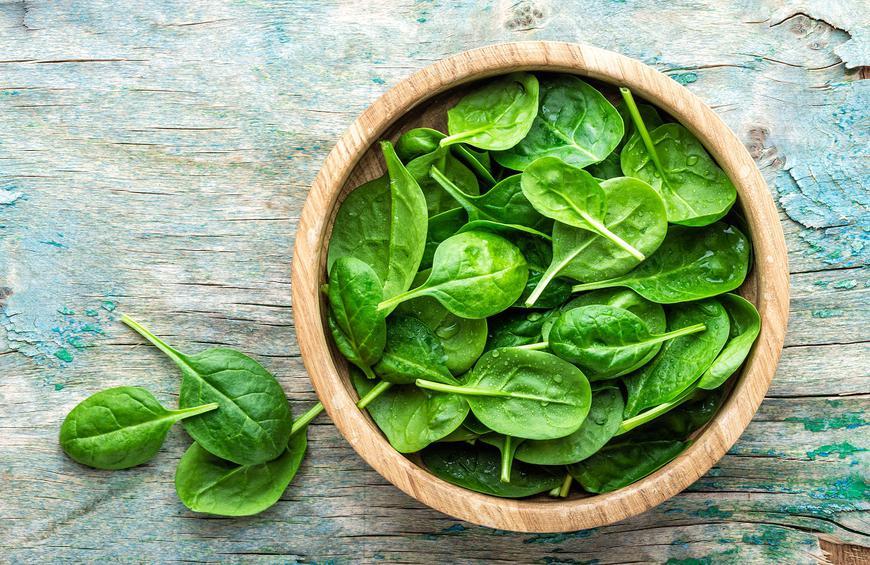
© Ivandzyuba | Dreamstime.com
A serious power food and one food you should eat every day, spinach is a great source of vitamins C and A, along with being rich in magnesium. Thought to protect against macular degeneration and some types of cancer, spinach can also boost the immune system and help fight heart disease.
Avocado
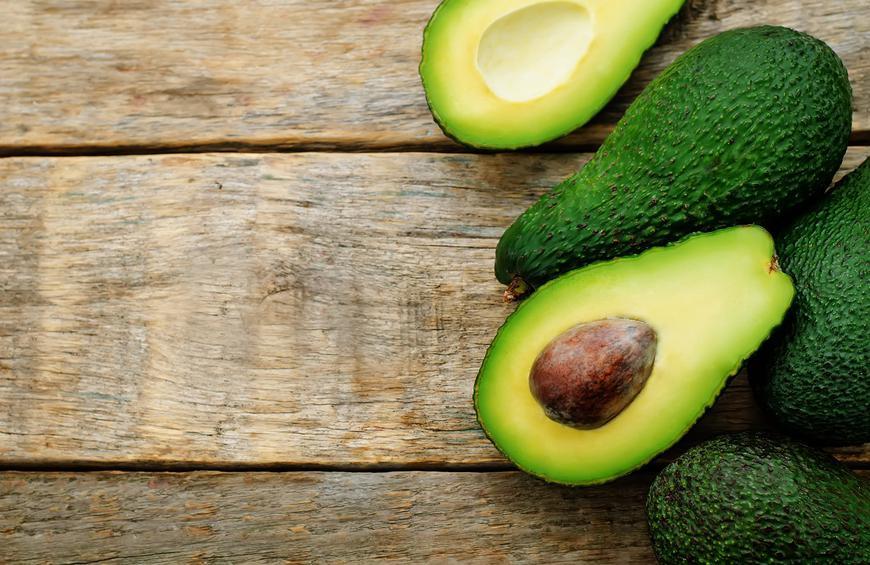
© Nataliya Arzamasova | Dreamstime.com
While many people consider avocados a vegetable, they’re actually a fruit. Either way, they still make great guacamole. High in potassium, avocados can also help manage blood pressure, along with being a good source of healthy fats and fiber.
Walnuts
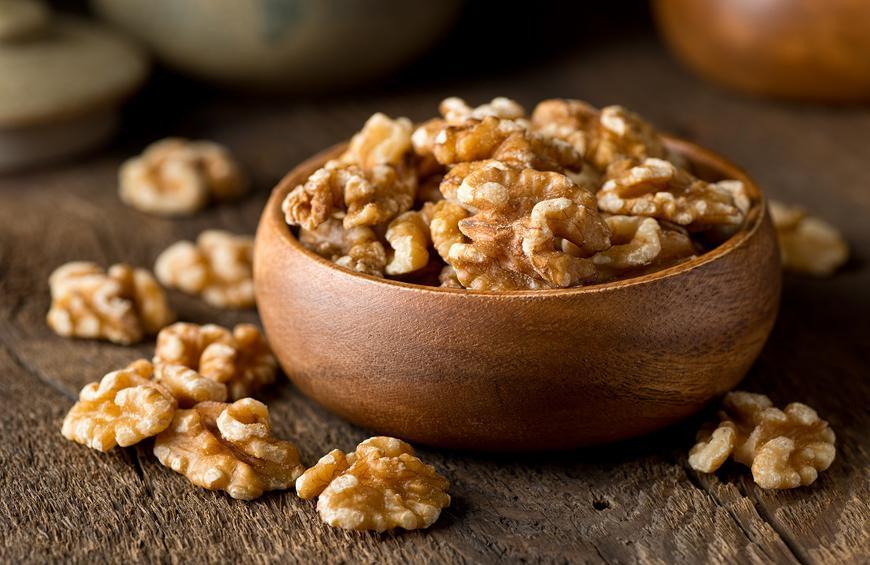
© Foodio | Dreamstime.com
Nuts are good for your heart and are a great way to add fiber to your diet. Walnuts, in particular, contain high amounts of omega-3 fatty acids, and a study published in the Hypertension journal found that eating walnuts lowered blood pressure in participants and could be used to help manage hypertension.
Prune juice

© Photomailbox | Dreamstime.com
Prune juice isn’t everyone’s signature drink, but it’s one of the best bangs for the buck when it comes to getting your daily intake of potassium, which is beneficial in helping lower blood pressure. Just a single-cup serving provides 707 milligrams of potassium. Because it’s possible for people with kidney disorders to get too much potassium, talk to your doctor if you have questions or concerns.
Sweet potato
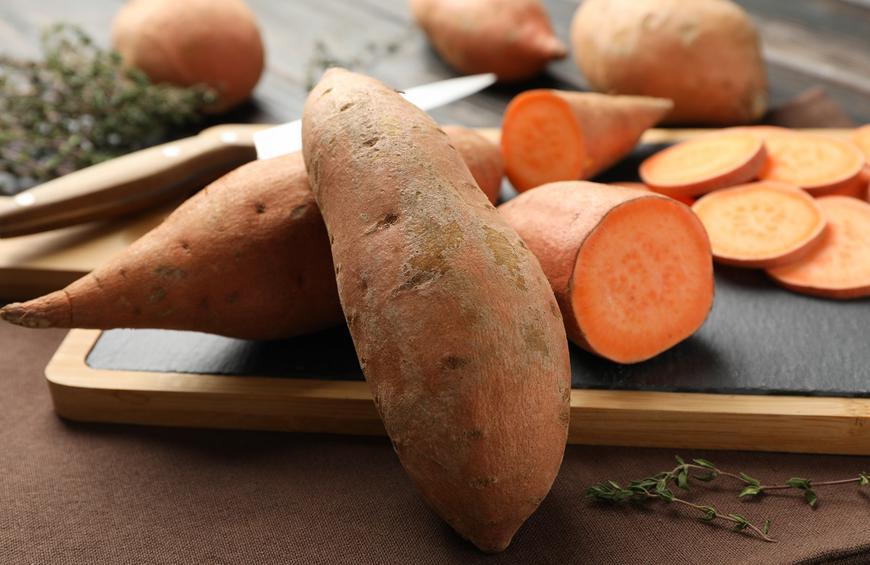
© Vladimir Pogorelov | Dreamstime.com
There are so many ways to cook potatoes, and that includes sweet potatoes. Sliced into fries and roasted in the oven, they are a great side dish any night of the week. Lower in calories than their counterparts, they’re a good source of vitamin C, which boosts the immune system, along with potassium, which can help lower blood pressure. Sweet potatoes are also on the list of foods that are good for your heart.
More from The Daily Meal:
26 So-Called ‘Healthy Foods You Should Avoid
32 Foods That Help Fight Bloat
The Healthiest and Unhealthiest Frozen Dinners
19 Facts About Diet Soda That Might Make You Finally Stop Drinking It
